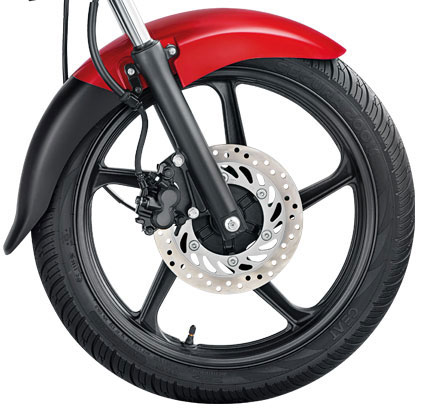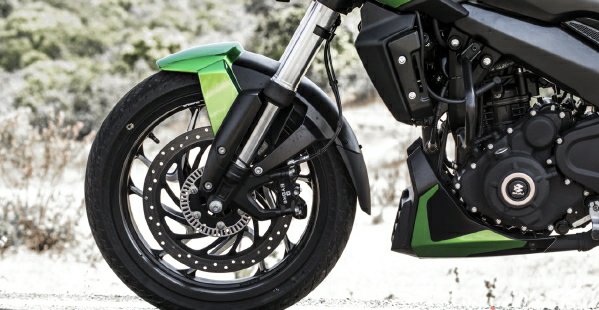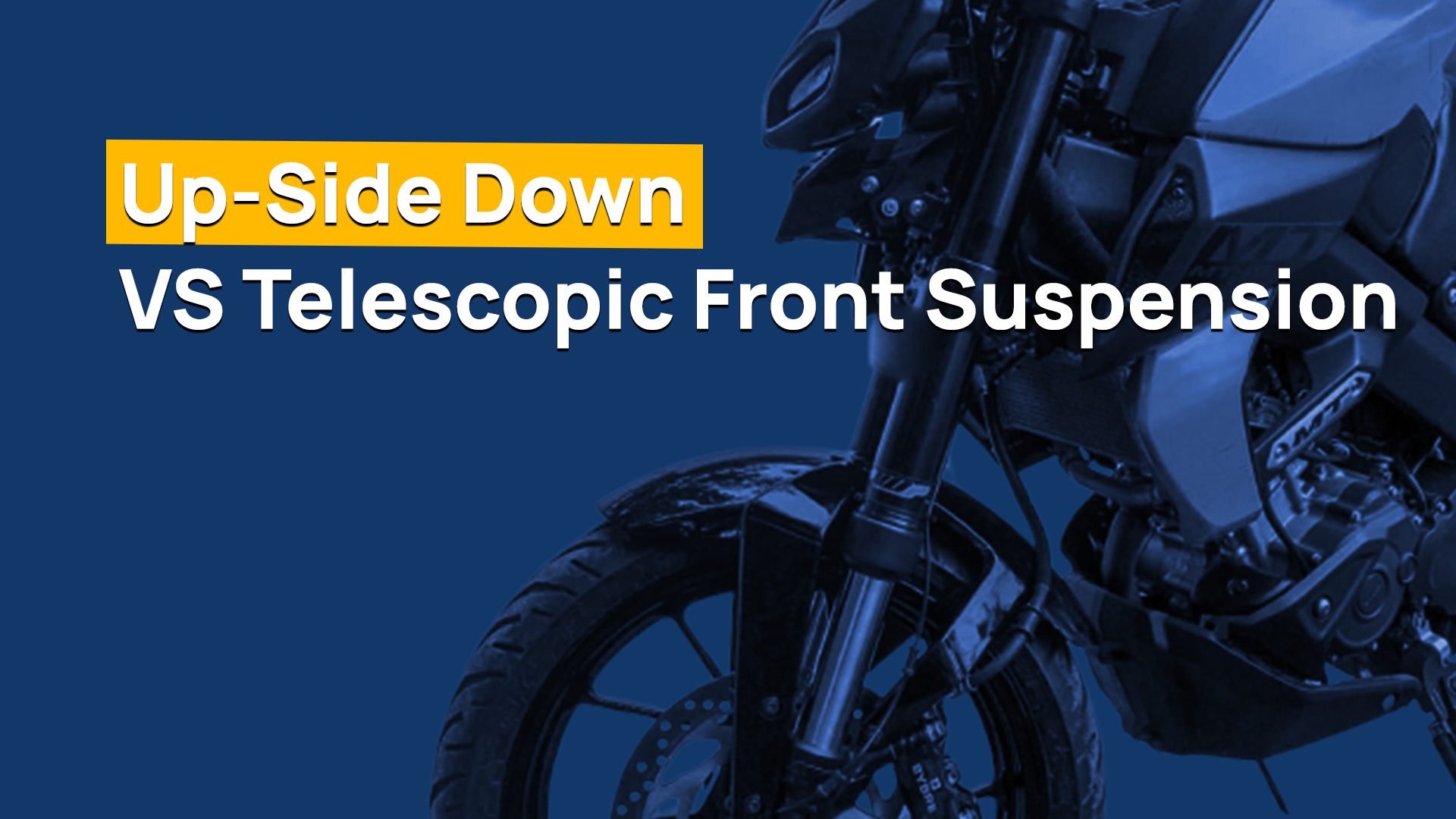Everyone has heard of suspension and understands that it is one of the most crucial components of any car. It is so important that it determines how your motorbike behaves. Now that we’ve covered the automobile suspension, let’s focus on the motorbike front suspension.
There are two types of the front suspension on a motorbike, depending on its intended use:
- Telescopic Suspension
- Up-Side Down Suspension
Table of Contents
Up-Side Down VS Telescopic Front Suspension
Telescopic Front Suspension

Telescopic suspension is standard on most bikes on Indian roads. Commuter motorcycles are the most common.
- An outer tube and an inner tube make up a telescopic suspension, which houses all of the mechanics.
- When they move, the mechanism comprises a spring and a damper loaded with fork oil that offers resistance.
- The inner tube slider bar is linked to the triple clamp in this sort of suspension. A triple clamp is a component that holds the handlebars in place.
- The primary barrel, or outer tube, is positioned on the bottom side of the wheel.
Download GaragePro App for Android
Why they are used then?
- The telescopic suspension is less expensive to design and produce.
- If something goes wrong with this traditional suspension, it’s simple to fix.
Because commuter motorcycles are not designed to be driven hard, they usually have telescopic suspension. They also don’t have to shift directions quickly. The telescopic suspension also makes more sense at a cheap cost due to its reduced cost. The performance of high-end motorbikes is hampered by this suspension.
Recommended – 10 Forgotten Bajaj Bikes and Scooters From the Past
Up-Side Down Suspension

This suspension type, like the previous one, features an inner tube or slider bar and an outer tube or main barrel.
- The distinction is in their positioning. The sliding tube on the motorbike wheel with USD suspension is on the bottom side.
- The triple clamp is connected to the primary barrel. The triple clamp can now handle the majority of the suspension weight. This mount carries the majority of the suspension system’s weight.
- This configuration makes the motorbike agile and maneuverable. It also enables agile and precise motorbike handling.
Recommended – 10 Awesome Two-Wheeler Maintenance Tips To Keep Your Bike in Top Condition
Why use USD Forks?
Only high-end and performance motorcycles use this style of suspension. At the end of the day, fast motorbikes are all about cornering speeds and quick direction changes. As a result, the USD fork lets the rider get the most out of the motorbike while sacrificing performance. This comes at a price.
- COST, exactly. Traditional telescopic suspension is much more costly than USD front forks.
- These more modern USD forks, on the other hand, allow for more bump absorption, making the suspension more vulnerable to damage.
Download GaragePro App for iOS
So, which one is better you may ask?
Well, it all depends on your expectations of the motorbike. USD is the way to go if you want a quick motorbike, while the telescopic suspension is the way to go if you want to commute and save money. After all, each is admirable in its own right.

